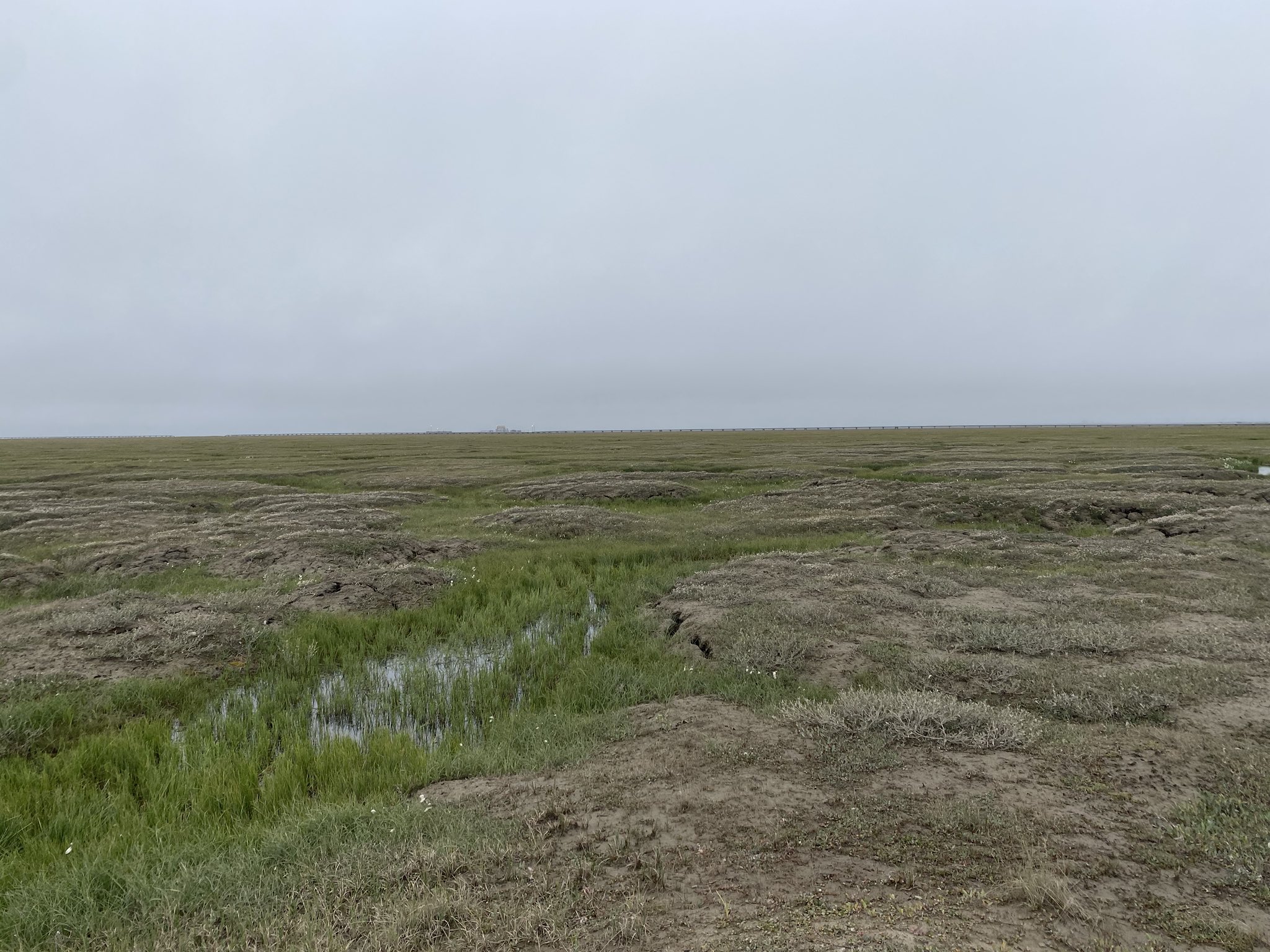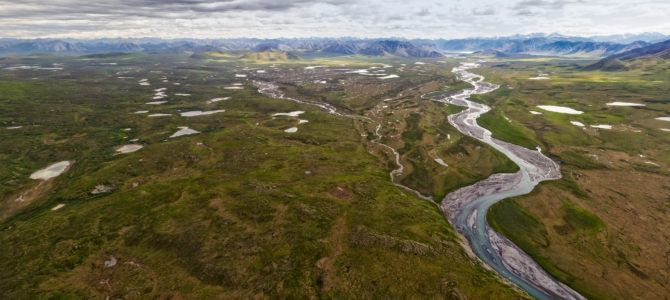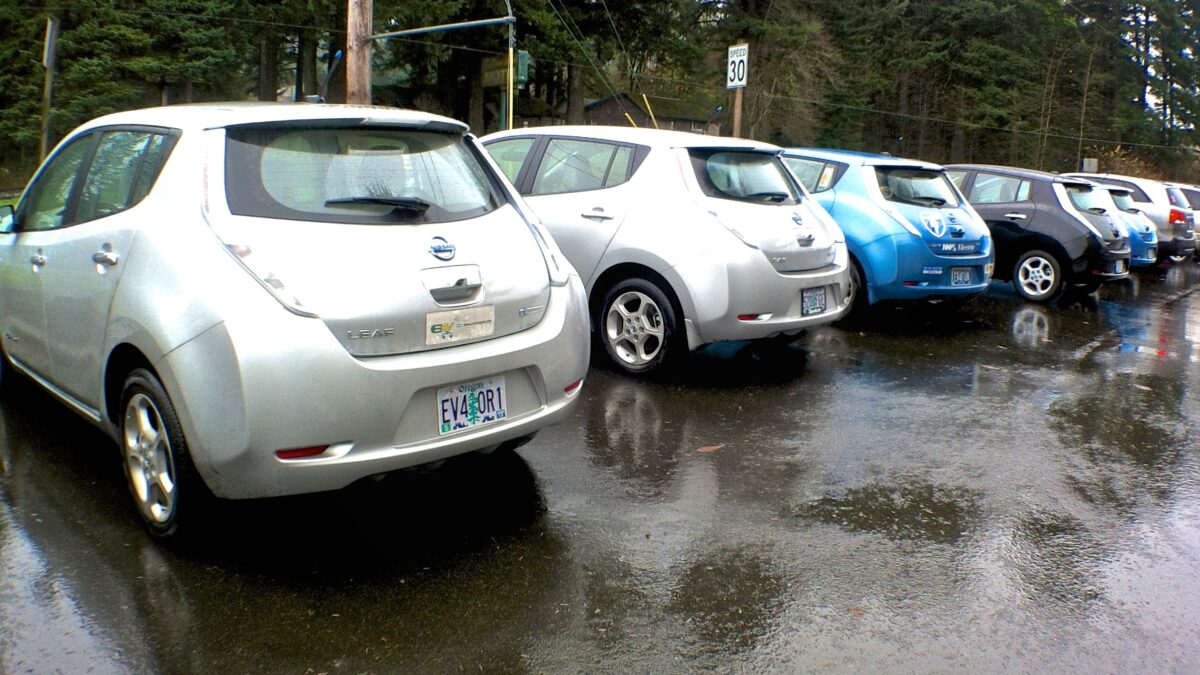The Sierra Club, the pinnacle of left-wing environmental groups, published a tweet Wednesday emblematic of every false environmentalist narrative peddled to block drilling in Alaska’s Arctic National Wildlife Refuge.
“72 percent of Arizona voters agree,” the group wrote on Twitter, without a poll citation, “Drilling in the Arctic Refuge is Bad for Indigenous Peoples, Bad for wildlife, bad for taxpayers.”
Nope, nope, and nope.
72% of Arizona voters agree: Drilling in the Arctic Refuge is:
❌ Bad for Indigenous Peoples
❌ Bad for wildlife
❌ Bad for taxpayers@SenatorSinema: It’s time for Congress to pass the #BuildBackBetterAct and #ProtectTheArctic pic.twitter.com/1vUYhdPL6M— Sierra Club (@SierraClub) October 13, 2021
The Sierra Club did not respond to The Federalist’s inquiries about which indigenous tribes it was referring to, considering the only tribe to reside within the 1002 Area actually opened for oil and gas development, the Iñupiat, has lobbied Washington for approval for years.
The Department of Interior, however, suspended leases along the 1.6 million-acre stretch of Alaska’s North Slope to the detriment of the region’s natives. Democrats want to make restrictions permanent with the partisan passage of their mammoth reconciliation bill.
The Sierra Club was likely referring to opposition from a rival tribe hundreds of miles south from where Congress had previously given the green light to pursue oil and gas extraction.
The Gwich’in, who reside entirely outside the 19.6 million-acre refuge, let alone the portion opened for drilling, have fought plans to develop in the North Slope for decades after they attempted to lease their own land for exploration. Subsequent surveys, however, showed the Gwich’in’s land sought for development was absent of lucrative reserves. Democrats and leftist groups have exploited the tribe’s hypocrisy on Alaska oil and gas development ever since in routine fashion.
In turn, the Iñupiat remain barred from harvesting backyard resources at the demand of Washington bureaucrats seeking to preserve the Arctic for elites as a place they might one day like to visit. The photo featured in the Sierra Club’s post, if taken within the Arctic Refuge at all, was likely taken hundreds of miles south of where developers hope to drill, which in reality is a flat, frozen tundra.

The Sierra Club’s claim that Arctic drilling is “bad for wildlife” also flies in the face of wildlife experience in neighboring Prudhoe Bay, where oil and gas extraction has been active since the mid-20th century 60 miles southwest of the 1002 area.
While the Gwich’in and their leftist allies often raise hysteria about the caribou population of northern herds, data from the U.S. Fish and Wildlife Service show caribou numbers have continued to decline and rise with their natural cycle. In 2010, the population of the Central Arctic Herd reached a peak of 70,000 despites of oil and gas activity.
The caribou, as shown below grazing near the Trans-Alaska Pipeline in Prudhoe Bay, appear unbothered.

While the Sierra Club claims Arctic drilling is bad for taxpayers, the group must have been ignorant of the Alaska Permanent Fund, which was established after oil first began to flow from the state’s north slope. The fund collects revenues from oil and pays out royalties to state residents in dividends. In 2020, a year that saw plummeted demand, residents still raked in nearly $1,000 in dividends. The year prior, residents collected checks of more than $1,600.
Some of the oil revenue is set aside for future generations when oil is no longer an Alaskan resource decades, or even centuries, later. The North Slope is estimated to possess several generations’ worth of recoverable oil. But drilling is bad for taxpayers?









